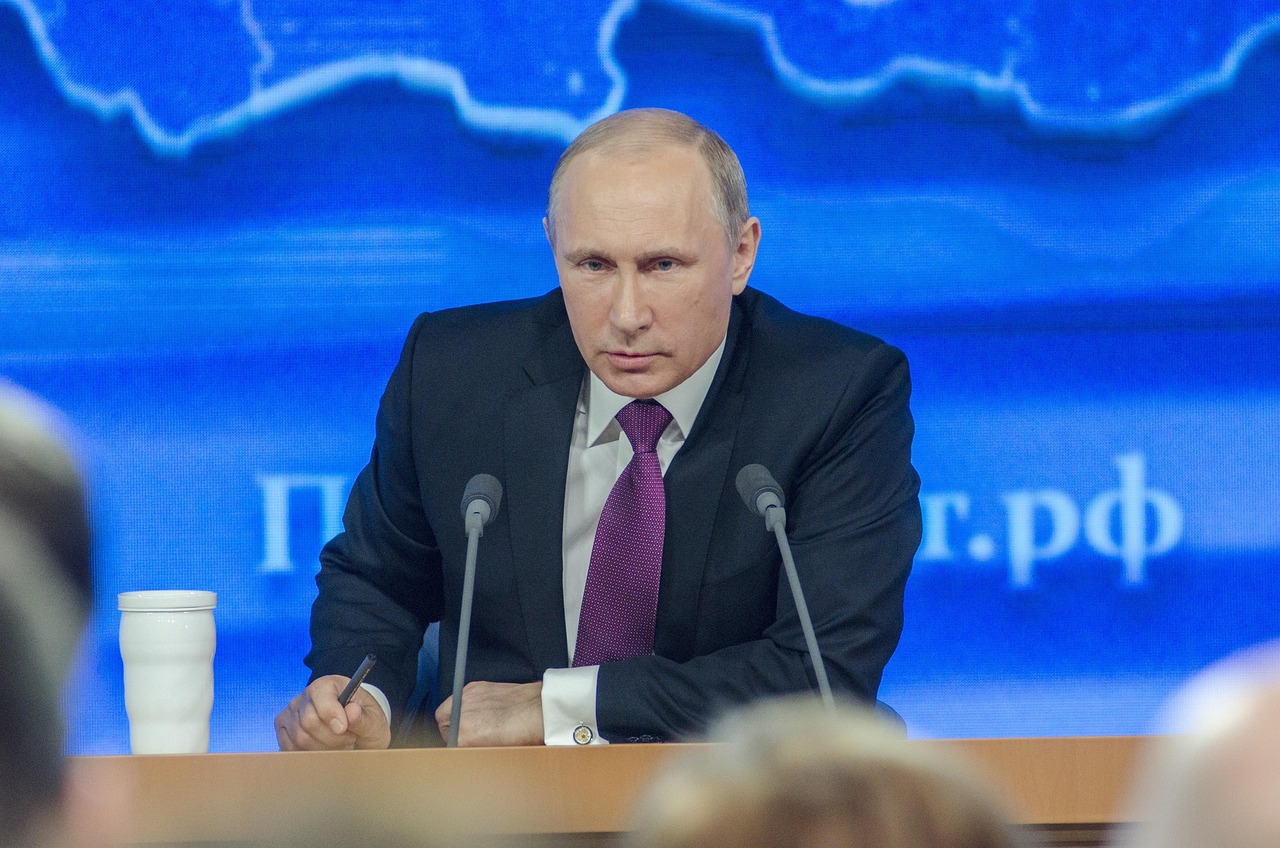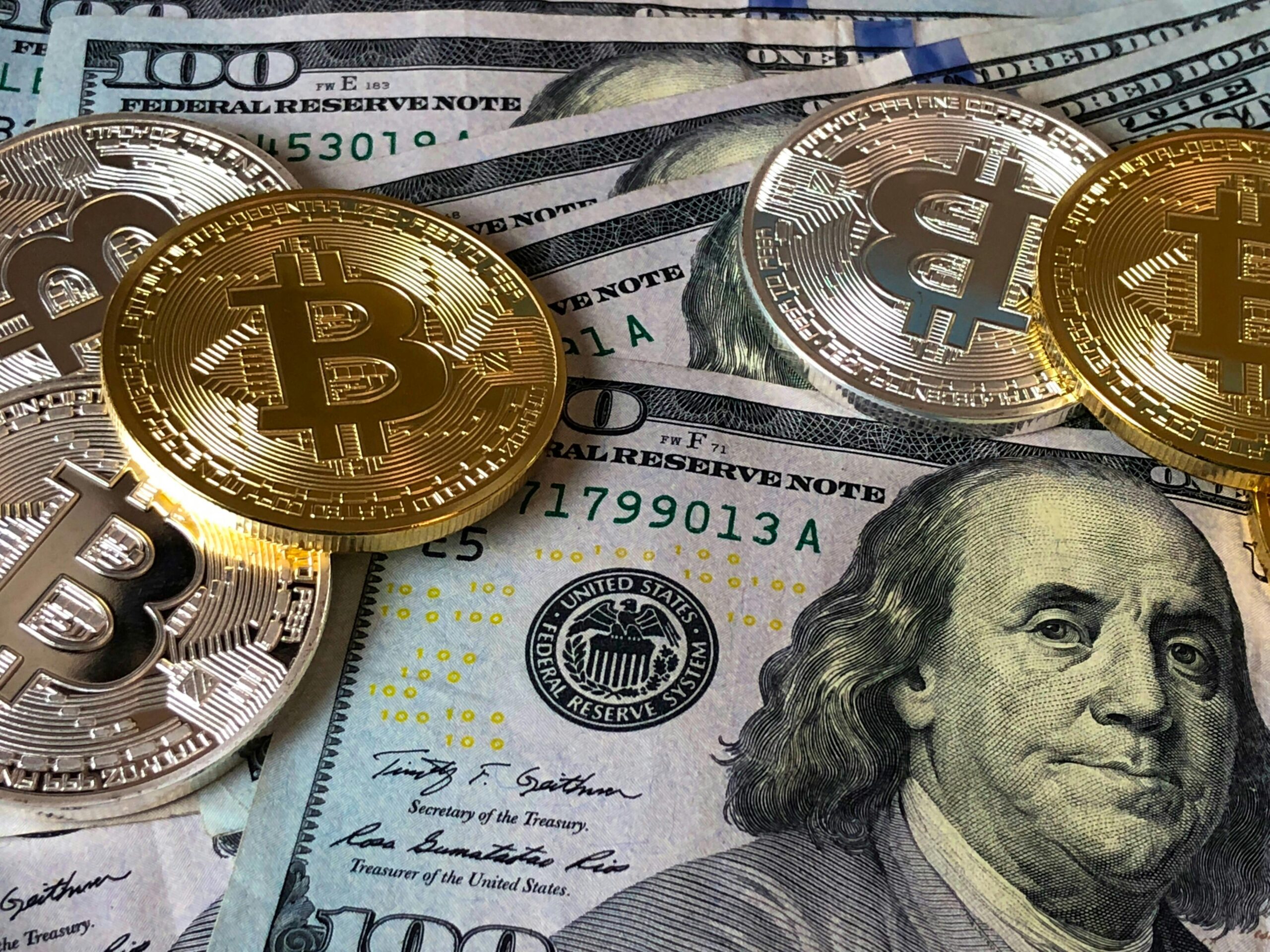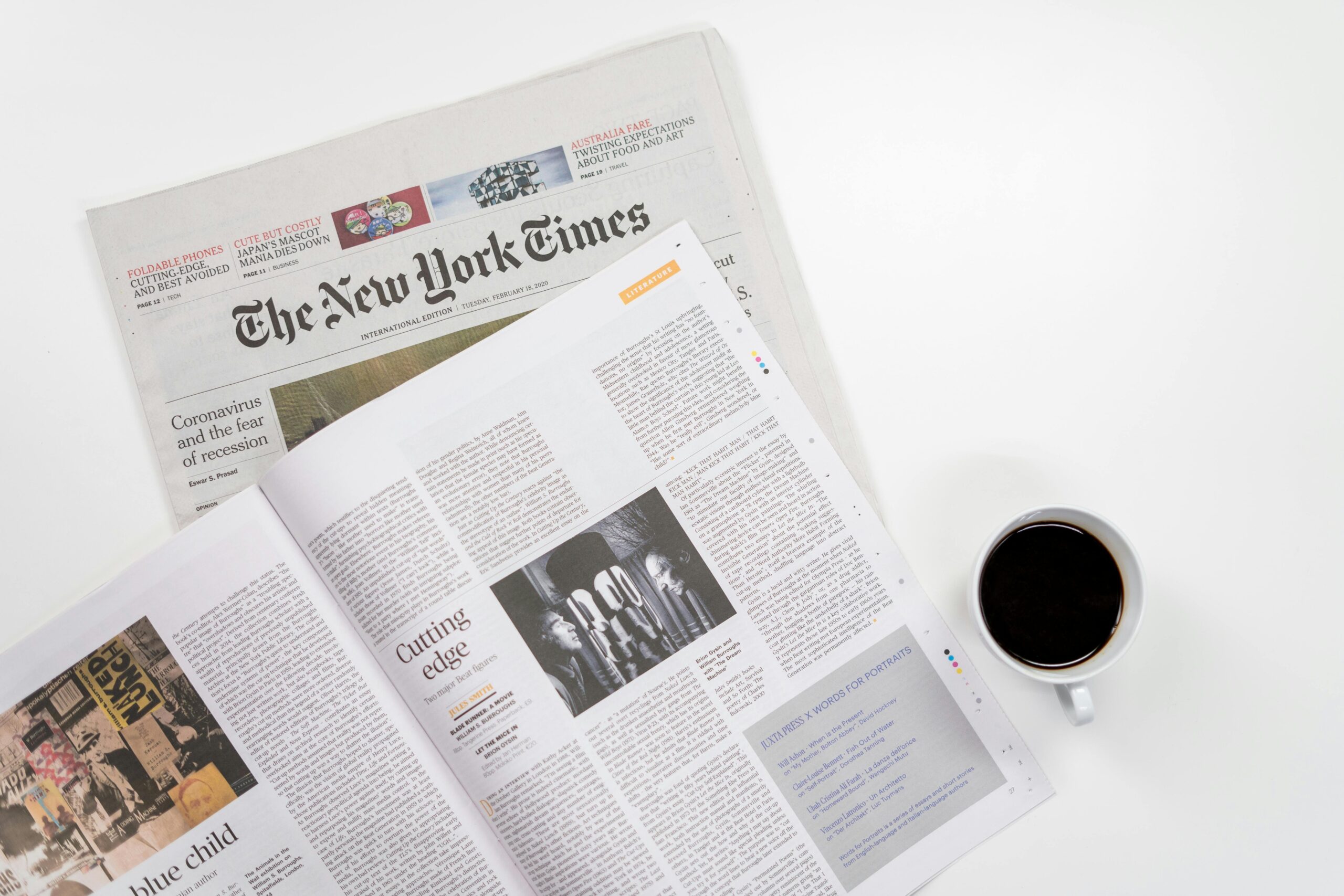Putin’s Attack on European Militarization: Context and Background
Since Russia’s invasion of Ukraine in 2022, relations between Moscow and the European Union have nosedived, with Western countries boosting military aid to Kyiv and Europe investing heavily in its own defense. As drone incidents involving Russian equipment have been detected across NATO airspace from Denmark to Poland, and with Germany announcing plans to rebuild one of Europe’s strongest armies, the continent has entered its most precarious security environment since the Cold War.
Putin, speaking at a prominent foreign policy forum in Sochi, voiced sharp criticism against Europe’s rising military budgets and Germany’s goals, declaring such ambitions provoke instability and threaten Russia’s security interests. This rhetoric comes amid mutual accusations between Russia and Western governments: each side accusing the other of escalating tensions and disregarding diplomatic solutions.
What Did Putin Actually Say?
Putin’s warnings were pointed and unequivocal. He derided the idea that Russia was planning to attack NATO as “nonsense,” and accused European and American leaders of stoking “hysteria” for political gain. Nonetheless, he insisted Russia “simply cannot ignore what is happening” and cautioned that Moscow “will never show weakness or indecisiveness” in the face of what it regards as provocations.
Key Points from Putin’s Recent Speech:
- He claimed Russia is fighting NATO in Ukraine and that Western arms deliveries prolong the war unnecessarily.
- He warned that Russia’s response to further European militarization “will not take long to come” and would be “convincing,” implying significant, possibly military, countermeasures.
- He suggested that those promoting the narrative of an imminent Russian attack on NATO are either “incredibly incompetent” or “simply dishonest”.
- Specifically, he criticized Germany’s ambition to become Europe’s strongest military force, calling it an escalation that will draw reciprocal Russian action.
Rising Military Tensions: Europe’s Response
Europe’s moves to bolster its defenses stem from a deepening fear that Russia’s ambitions in Ukraine could extend further westward. From missile defense deployments to increased military spending, countries like Germany, Poland, the Baltic States, and even neutral countries such as Sweden and Finland, are rapidly fortifying their borders and participating in more robust NATO exercises.
Recent weeks have seen several high-profile incidents:
- Russian drones and aircraft breaching NATO airspace in Poland, Estonia, and Denmark, raising fears of conflict spillover.
- NATO mobilizing its rapid reaction forces in response to these airspace violations—an unprecedented move since the alliance’s founding.
- The US supplying Ukraine with advanced missile systems and ongoing debates over the delivery of even more sophisticated weaponry that could reach deep into Russian-held territory.
Europe’s leaders argue these measures are defensive, aimed at countering a pattern of Russian aggression and safeguarding member states from contingencies that seem increasingly plausible.
Is a Full-Blown War Imminent?
Despite the bellicose language, most analysts agree that neither Russia nor NATO desires an all-out war. However, the risk of escalation remains substantial, particularly given the volatile situation on the ground in Ukraine and the increasing frequency of “grey zone” incidents—cyber attacks, drone incursions, and misinformation campaigns.
Putin’s remarks are seen by many Western observers as both a genuine warning and a strategic posture:
- On one hand, he seeks to deter further Western military buildup by threatening swift and decisive action, reinforcing the perception that Russia remains a formidable military power.
- On the other, his rhetoric is addressed to domestic audiences, consolidating Russian resolve and justifying ongoing sacrifices for the war in Ukraine.
How Did Western Leaders React?
European and American officials have largely dismissed Putin’s threats as saber-rattling aimed at intimidating the West and fracturing allied unity. NATO has reiterated its commitment to collective defense under Article 5, promising that any attack on a member state will trigger a unified response.
Germany’s defense ministry, specifically called out by Putin, reaffirmed its determination to strengthen its military, citing Russia’s actions in Ukraine and beyond as a principal motivator. New military aid packages for Kyiv, and continued deployments of NATO air defense systems, illustrate the West’s unwillingness to back down in the face of Russian threats.
Escalatory Triggers: What Could Go Wrong?
Experts warn that several factors could catalyze a broader conflict, even if unintentional:
- Accidental clashes between Russian and NATO forces, especially with increased military activity near shared borders or contested airspace.
- Escalation in Ukraine, particularly if new Western weapons enable Ukrainian strikes deep into Russian-held or even Russian sovereign territory.
- Cyber warfare targeting critical civilian infrastructure within Europe or Russia, potentially spiraling into open hostilities.
The rapid tempo of military exercises, combined with frayed communication channels between Moscow and Western capitals, raises the likelihood of a misunderstanding with catastrophic consequences.
What Does This Mean for Global Security?
The ongoing confrontation between Russia and Europe is a watershed moment for the international system. It marks the collapse of post-Cold War certainties and could usher in a more dangerous age of instability, marked by shifting alliances, arms races, and heightened nuclear risks.
Key implications:
- The future of NATO: The alliance, long seen as a relic by skeptics, now finds renewed purpose, but must navigate the challenge of balancing deterrence with restraint.
- Nuclear dark clouds: Both Russia and NATO retain massive nuclear arsenals, raising the stakes and potential costs of miscalculation.
- Economic fallout: The militarization of Europe will divert resources from social spending and recovery, especially as energy markets remain unsettled by war and sanctions.
Possible Paths Forward: De-Escalation and Diplomacy
Despite the charged rhetoric, diplomatic solutions remain possible—and necessary—to prevent catastrophe. Track II dialogues, military hotlines, and confidence-building measures could help reduce risk and introduce flexibility into otherwise rigid postures.
Areas for potential progress:
- Revitalizing arms control frameworks, such as the now-suspended INF Treaty and Open Skies agreements.
- Promoting transparency on military exercises, minimizing the risks of surprise and accidental engagement.
- Encouraging renewed dialogue on the Ukraine conflict, possibly with mediation from third-party states or organizations.
Without such efforts, the world will remain a hair-trigger away from disaster.



